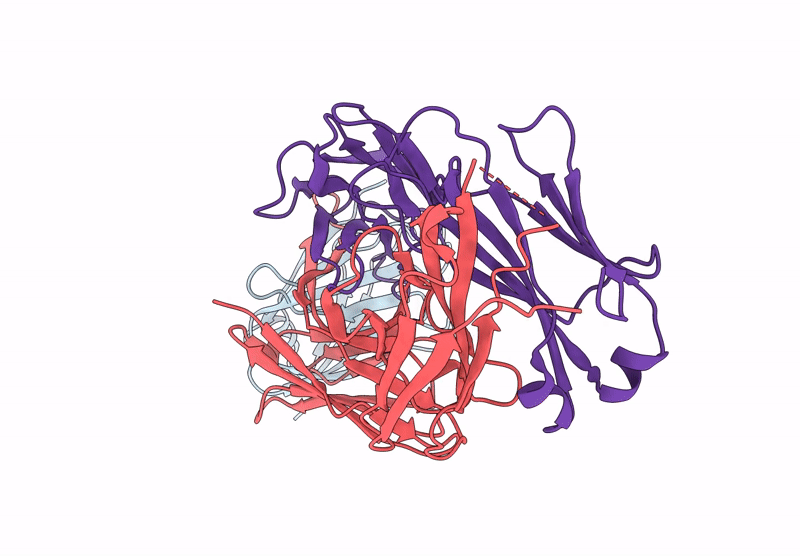
Deposition Date
2025-02-21
Release Date
2025-03-12
Last Version Date
2025-09-24
Entry Detail
PDB ID:
9IHC
Keywords:
Title:
CryoEM structure of a synthetic antibody, COP-2, in complex with the C-terminal domain of Clostridium perfringens Enterotoxin
Biological Source:
Source Organism:
Clostridium perfringens (Taxon ID: 1502)
synthetic construct (Taxon ID: 32630)
synthetic construct (Taxon ID: 32630)
Host Organism:
Method Details:
Experimental Method:
Resolution:
2.95 Å
Aggregation State:
PARTICLE
Reconstruction Method:
SINGLE PARTICLE


